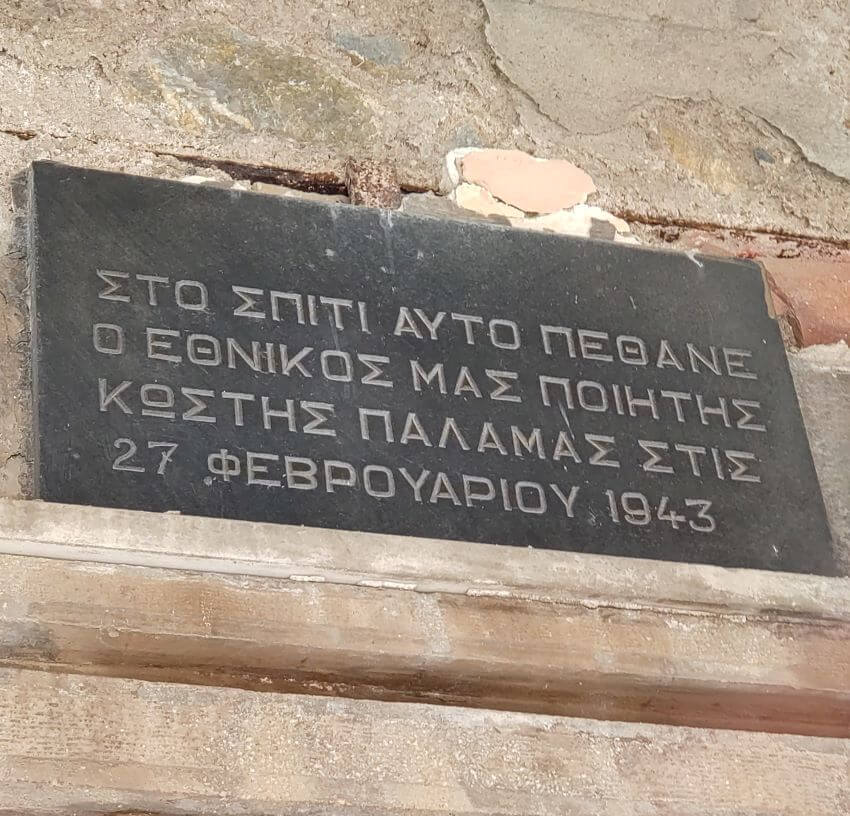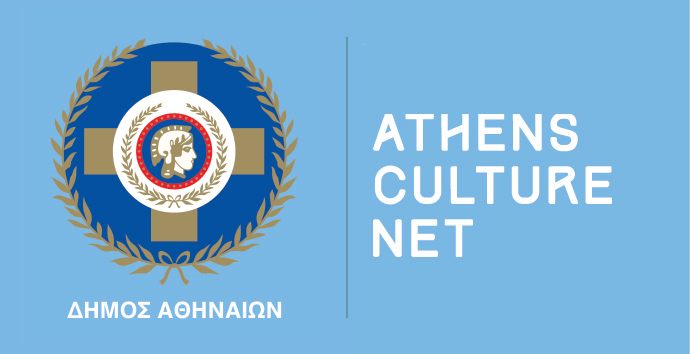

Year of construction: 1920-1930
A few words about the construction: Two-storey house of the interwar period, where Kostis Palamas lived towards the end of his life, from 1935 to 1943. The building is unfortunately in a very bad condition, since the expropriation by the Ministry of Culture is pending. As it was built in the interwar period, it retains the architectural features of a neoclassical urban house, such as the stonework entrance, the traditional tiled roof and the skylight arches. The poet lived on the second floor with his wife Maria and their daughter Nafsica until his death and composed many of his poems there.
A few words about the Poet: Kostis Palamas (1859 - 1943) was the dominant figure of the poets of the Generation of 1880 and one of the leading figures of Greek poetry. His work covers a wide range, from the ”lyricism of the ego” to epic compositions and grand visions. Influenced by the movement of poets of his time who reacted to the excesses of Athenian Romanticism and were interested in the establishment of the vernacular, he moved between Parnassism and Symbolism, with his work Iambs and Anapaests being the first example of Symbolism in Greek poetry. His important works include The Gypsy’s Decalogue, Grave, The Immovable Life, The King's Flute, etc. In 1925 he was awarded the National Award of Letters and Arts, while from 1926 he was a key member of the Academy of Athens, of which he became president in 1930. The poet's funeral in 1943 was historic, as thousands of Greeks accompanied him to his final resting place, in the First Cemetery of Athens, singing the National Anthem in front of the astonished German occupiers.


